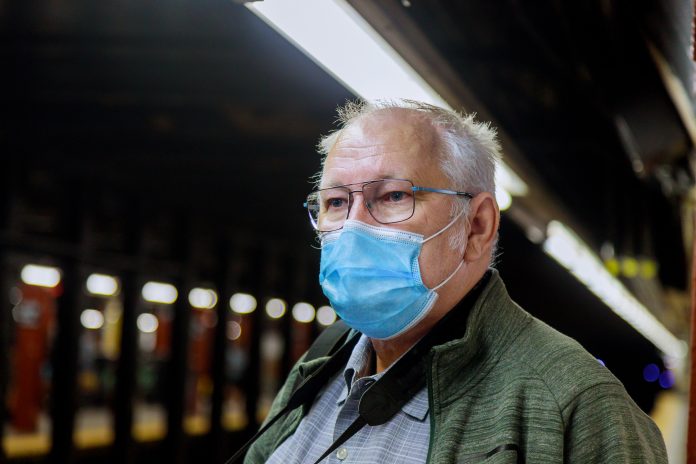The researchers found that COVID cases per city could increase by 49,000 to 53,000, if evictions are allowed to continue for even 1% of households
For those in a lower wage bracket, COVID continues to hit hard.
Workers who are exposed to higher risks of infection have been among the main fatalities of the virus, with some unable to quarantine for fear of losing their only stream of income. Scientists have even connected the high proportion of non-white hospitalisation and death to exposure, via jobs like cleaning, food delivery and healthcare.
Recently, a study found that Black women were four times as likely to die of COVID.
Now, all adults in the US are eligible for the COVID vaccine. But with residential evictions about to continue across the country, scientists are warning that cities will gain thousands of new infections – among the people most likely to die of COVID. At the start of the pandemic, many cities and states enacted temporary legislation banning evictions – some of which have now expired.
Unprecedented levels of unemployment put millions of people at risk of losing their homes throughout 2020 and 2021. On 4 September, 2020, the Centers for Disease Control and Prevention (CDC) imposed a national moratorium on evictions, which was extended in March 2021.
‘Necessary component of COVID control’
Co-senior author Michael Z. Levy, PhD, an associate professor of Epidemiology in Penn’s Perelman School of Medicine, explained: “Our model shows clearly that policies to stem evictions are not only a warranted but a necessary component of COVID control. As long as the virus is circulating, ending these protections could have devastating implications in the United States.”
The team are from Perelman School of Medicine at the University of Pennsylvania, Johns Hopkins University, and the University of Illinois at Urbana-Champaign. They found that in a city of one million, with an eviction rate of 1% of households monthly, there would be an increase of 49,000 COVID infections.
When they looked at Philadelphia, they saw that some economic predictions put evictions at a fivefold increase. This could mean 53,000 infections, on top of what is already expected for the area.
But when the research team doubled that 1% to 2% rate of monthly evictions, they found that the number of COVID infections jumped from 50,000 to 100,000 excess cases in one city.
They did not predict the resultant death and hospitalisation rate in this study, but based on the fact that minority ethnic and poorer people are hit harder by the virus – this worst case scenario could be unnecessarily deadly for the unvaccinated.
‘Evictions were particularly concerning’
Study co-author Alison Hill, PhD, an assistant professor at the Johns Hopkins University School of Medicine, said: “Evictions were particularly concerning for us, because a growing number of contact tracing studies have shown that households are a major source of SARS-CoV-2 transmission.
“When households get bigger, that gives the virus a greater opportunity to get inside the home, and then, a greater chance to spread outside of it — to coworkers, friends, and other family members.”











